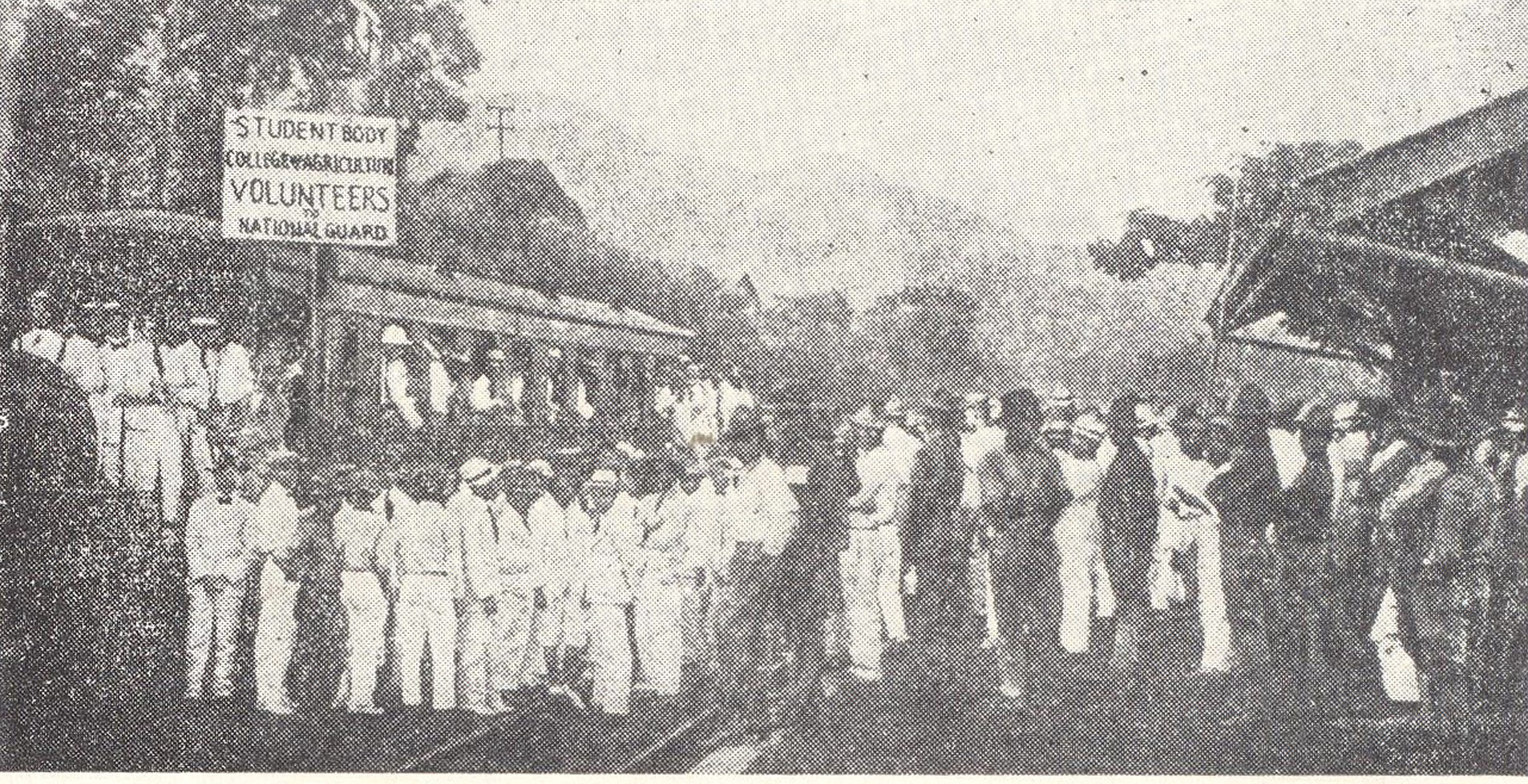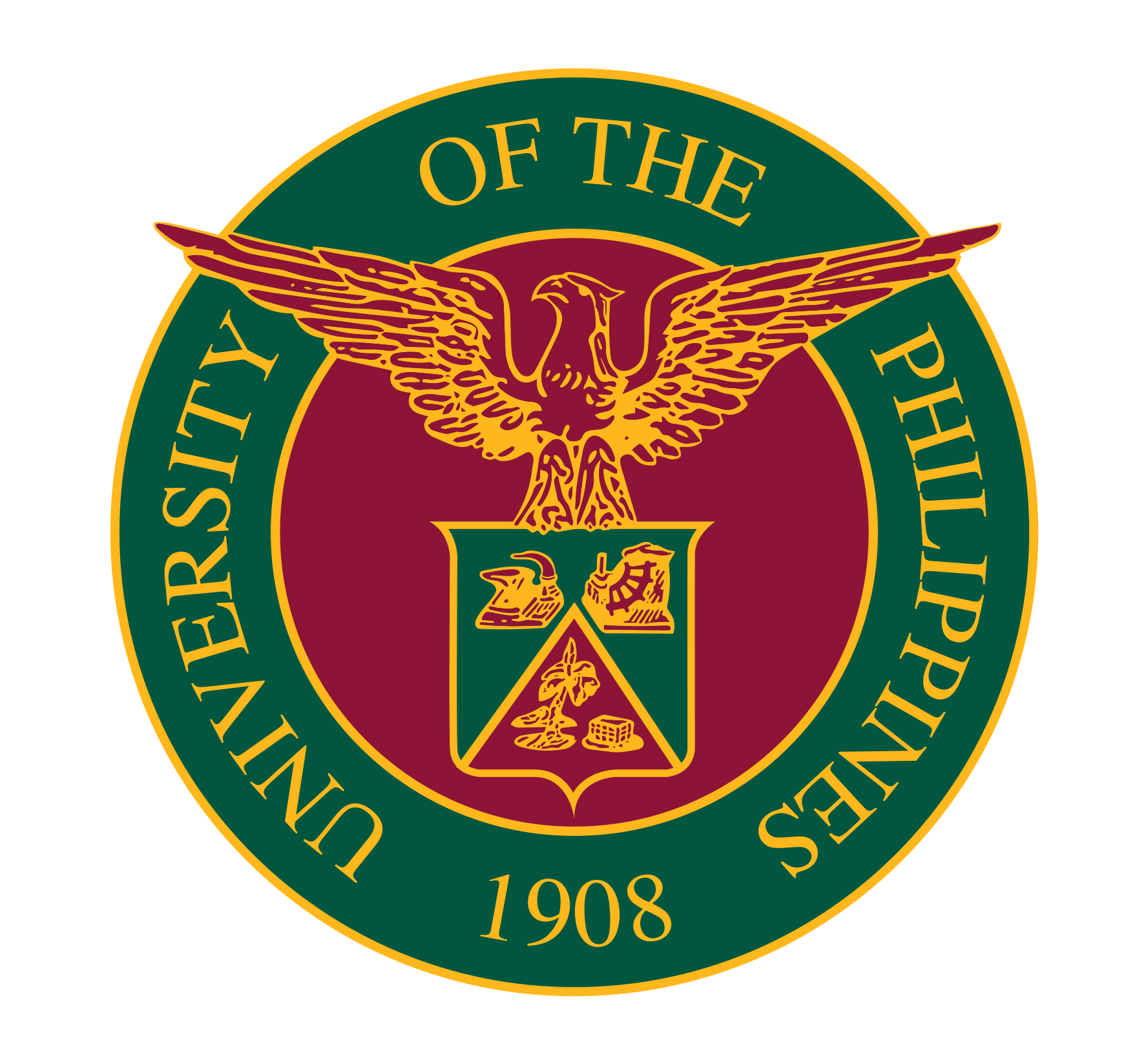Share:
Year 1918 is such a distant year for many, transcending historical memories of today’s EDSA People Power participants, Martial Law victims, and World War II survivors. Because it took place during the American colonial period, it is an episode in our history that most of us can only imagine through reading and research.
During the said year, the legislative branch of the Philippine Islands had been enjoying the fruits of the Jones Law for two years already. The said law is a milestone in 20th Century Philippine politics because it conceived the Senate of the Philippines. Filipino leaders were given bigger roles in administering the country. In particular, future Commonwealth President Manuel L. Quezon was gradually and surely making a name as the foremost Filipino leader of his time.
At the local scene in Los Baños, Laguna, particularly at the UP College of Agriculture (UPCA), the academic atmosphere was almost as fresh as the established colonial government. Only degree programs in agriculture and forestry were offered. In terms of leadership, Dean Charles Fuller Baker was at the helm of the College one year after the retirement of first dean Edwin Bingham Copeland. Also, the campus was yet to see the entrance of female students.

CAMP-BOUND: UPCA faculty and student volunteers to the Philippine National Guard on their way to Camp Claudio in Parañaque for their training.
(Photo taken from “The Philippine Agriculturist” Vol 43, No. 1 published in June 1959)
A Community of the World
The United States of America was an emerging superpower nation-state in the world, and it had started to play important roles in diplomacy and warfare. Thus, US annexation of the archipelago did not spare the Philippines from the global arena. The said influence diffused even to UPCA; after all, the College was established and governed by the Americans.
Four years after World War I exploded, the newly established Philippine National Guard knocked at the doors of UPCA in 1918. The War may have been centered in Europe, but the USA was a key player in it. And additional military manpower was needed on the Allies’ side, including the USA.
The UPCA community welcomed the invitation with open arms. On October 10, 1918, Juan Cailles, then Governor of Laguna, proudly informed Manila-based Adjutant General Jones that 193 UPCA students had enlisted and taken oath to the Philippine National Guard. In a separate telegram of Dean Baker, he reported that there were a total of 300 students at UPCA. Doing the math, more than 60 percent of the studentry volunteered for one of the world’s historic clashes of modern nation-states. Gov. Cailles also told Jones that 27 out of 32 professors from the College enlisted for military service, including two women.
It was not only Adj. Gen. Jones who recognized the heroic spirit of the UPCA community. Even Pres. Quezon, the highest-ranking Filipino bureaucrat at that time being the Senate President, sent his congratulatory message to UPCA volunteers the same day. In his telegram message to Dean Baker, Pres. Quezon said: “Congratulate you and your college upon this splendid showing of devotion to country.”
The Legacy of Volunteerism
But fate interfered and events unfolded that prevented the UPCA volunteers from fully expressing their courage and bravery. While most of them had proceeded to the training camp at Camp Claudio in Parañaque on October 23, 1918an armistice between the opposing countries involved in the War was signed on November 11, 1918. The said agreement brought World War I to an end. Therefore, the UPCA military volunteers to the Philippine National Guard were not able to fight in the War.
However, the courage they had shown at a very critical time was noteworthy. In fact, it has become worth celebrating. For the past nine decades, the voluntary spirit of October 10, 1918 at UPCA has been translated into the annual Loyalty Day of UPLB since 1921.
Today, UPLB allots one day of every year to celebrate the Loyalty Day; although the essence of October 10 – the spirit of volunteerism – is being practiced the whole academic year.
At the forefront of this is the UPLB Pahinungod Program, which allows UPLB faculty, staff, and students to bring the spirit of volunteerism to the core of action along the margins of society in the form of literacy training and development. Likewise, one of the triad functions of the University is extension. Farmers, fisherfolk, and other members of the rural community are always taken into consideration in such activities. A classic example of such an endeavor is UPLB’s National Corn-Based Farmer-Scientists Research, Development and Extension Program (FSTP). FSTP has transformed farmers into farmer-scientists-trainors in managing their corn-based production system farms. It has allowed them to identify new agricultural technologies that can best help in their farm activities and link them to the market. Today, the program continues to empower farmers in different regions in the country.
The Loyalty Day has become a venue for UPLB administration, faculty, staff, and students to reconnect with the alumni. Altogether, the UPLB community looks back to the University’s rich past with the fervent hope that the volunteerism expressed by the UPCA staff and students in 1918lives on into the future as encapsulated in the time honored battlecry “Serve the People.” (Mark Jayson E. Gloria)
——————————-
(With notes from Dr. Fernando A. Bernardo’s “UPLB: A Century of Challenges and Achievement” and “Centennial Panorama: Pictorial History of UPLB” (2007); Dr. Teodoro A. Agoncillo’s “History of the Filipino People” (1990); UPLB’s “The Philippine Agriculturist”, 67, Special Issue (1984); UPCA’s “The Philippine Agriculturist”, 43(1) (1959) and 7 (4 (1918); http://www.army.mil.ph, and http://www.upd.edu.ph)
